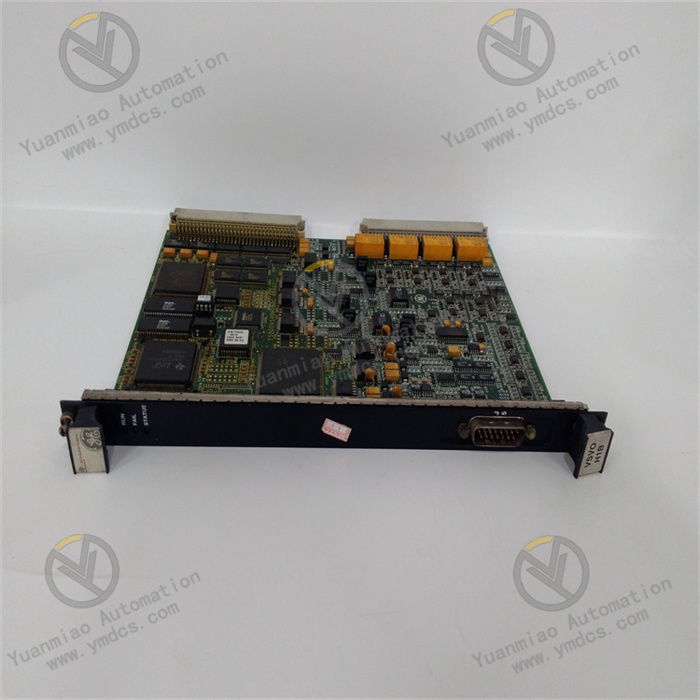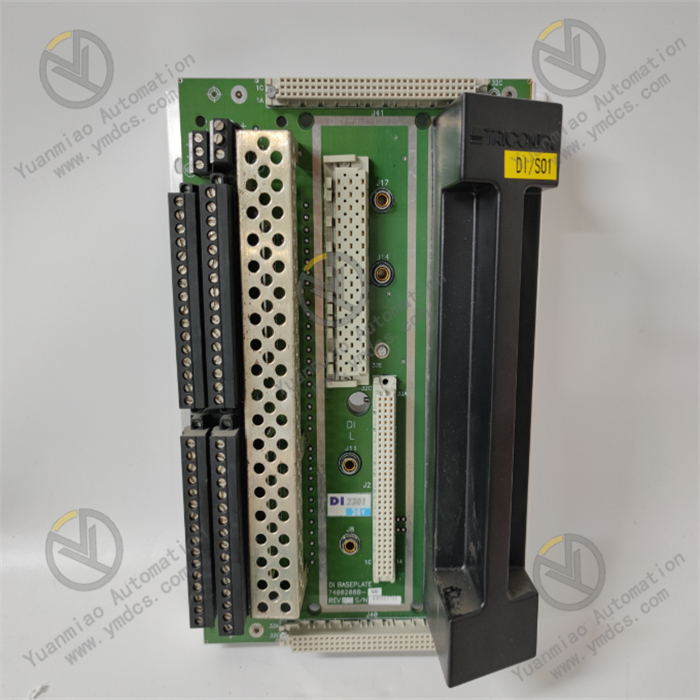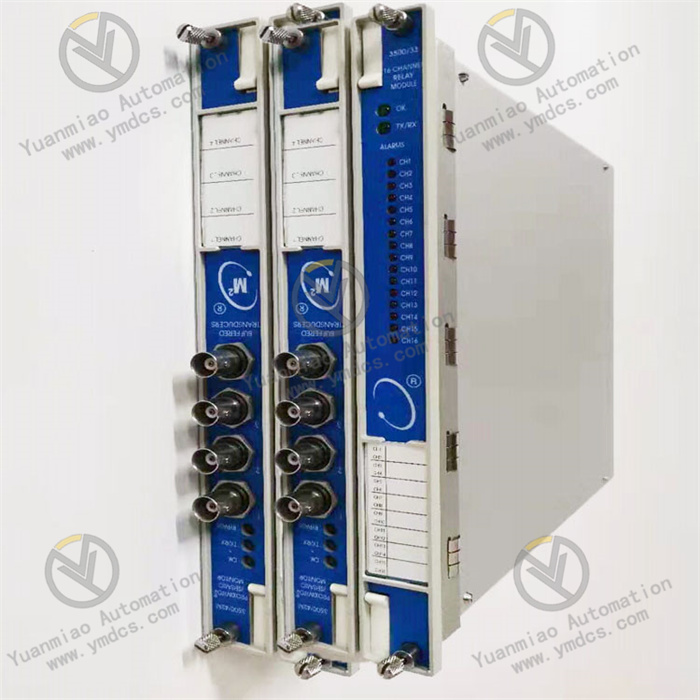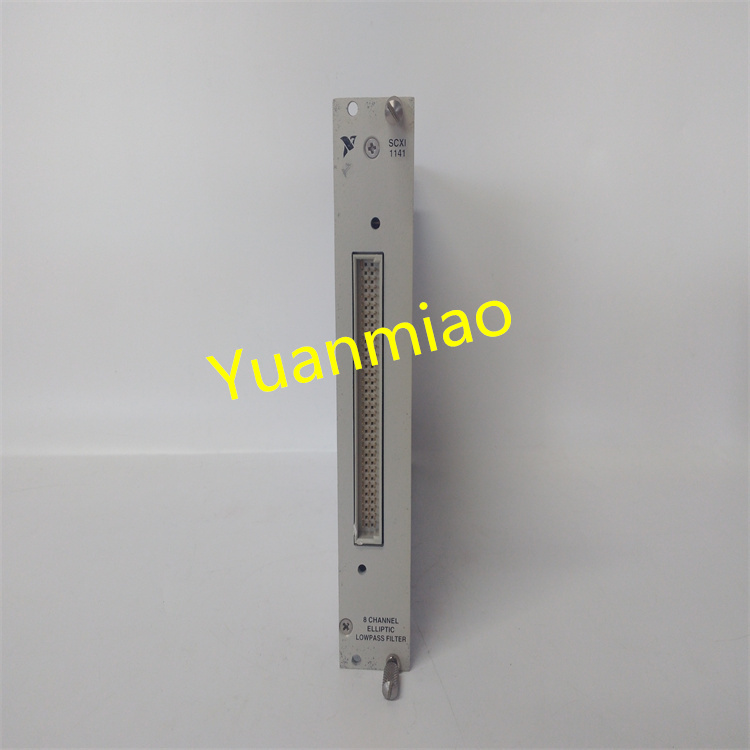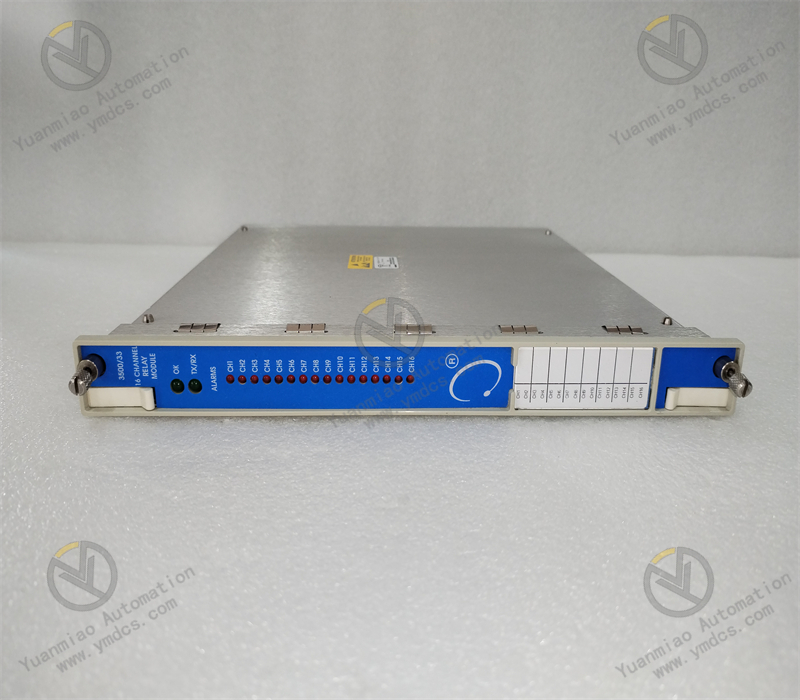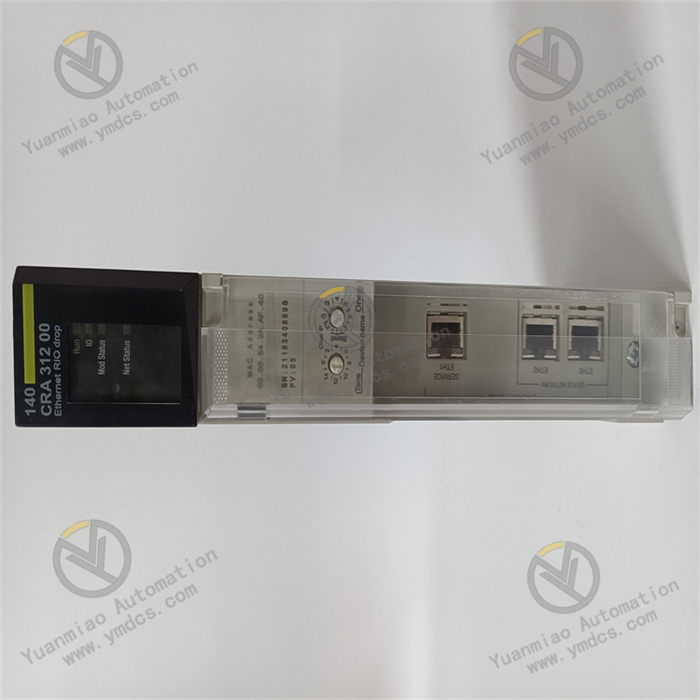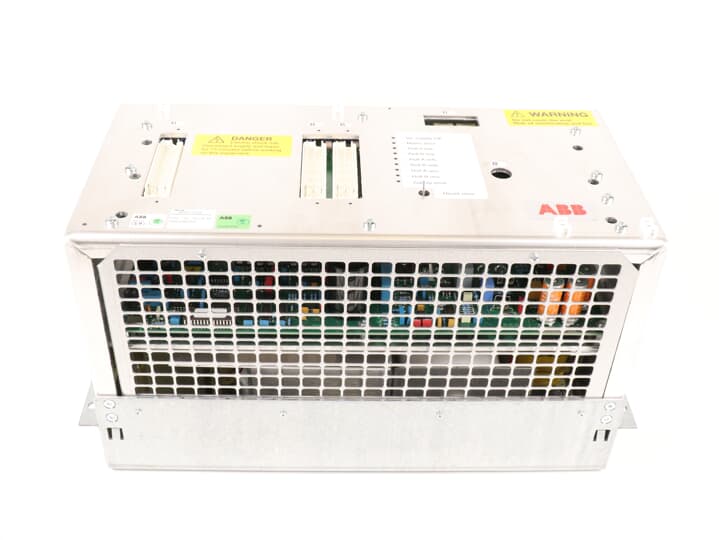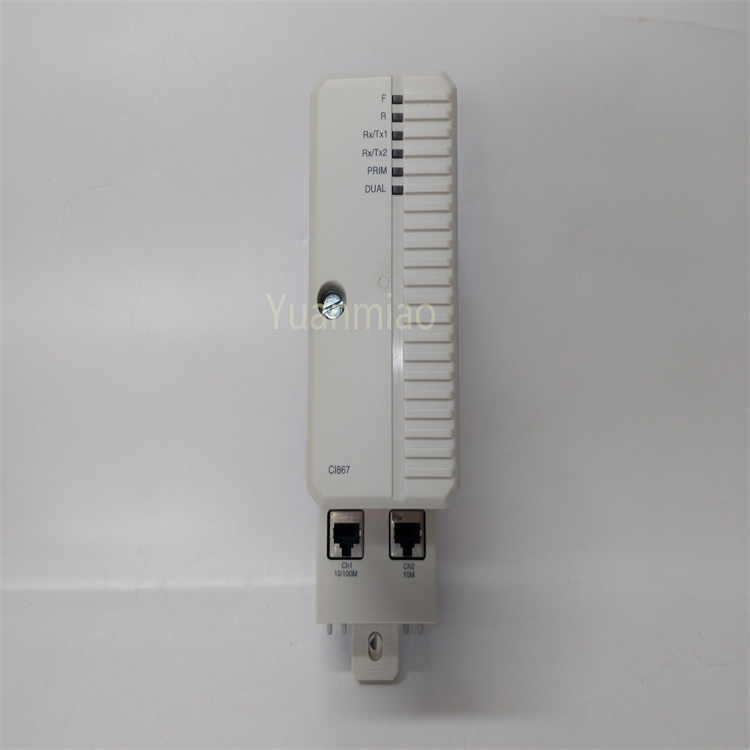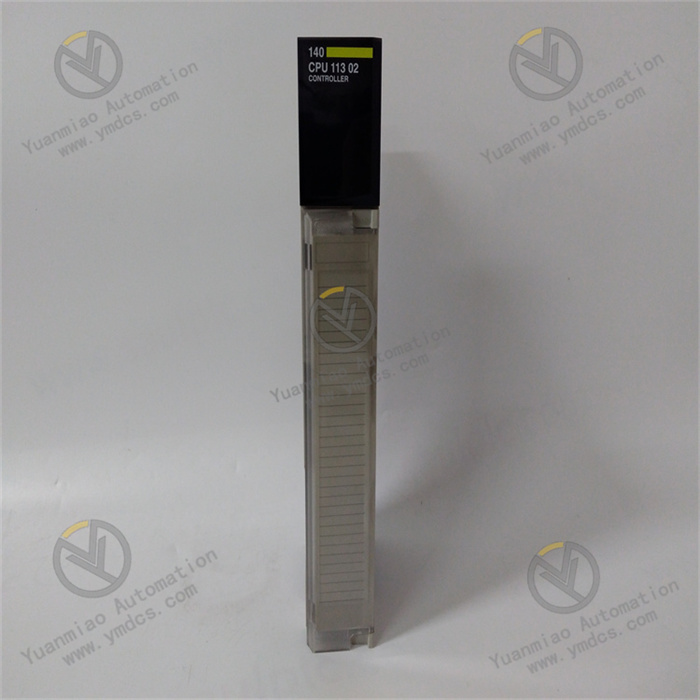Description
GE IS200VSVOH1BDC
I. Product Overview
GE IS200VSVOH1BDC is a core digital input/output (I/O) module in the Mark VIe series of industrial control systems. It is specifically designed for control and monitoring scenarios of gas turbines, steam turbines, combined cycle power generation equipment, and large-scale industrial drive systems. As a key interface unit between the system and on-site equipment, this module undertakes core functions such as collection, isolation processing, logical operation of on-site digital signals, and output of control commands. It can directly access various digital signals including motor start-stop signals, valve status feedback, and limit switch signals, and accurately transmit the output commands of the control system to the actuators.
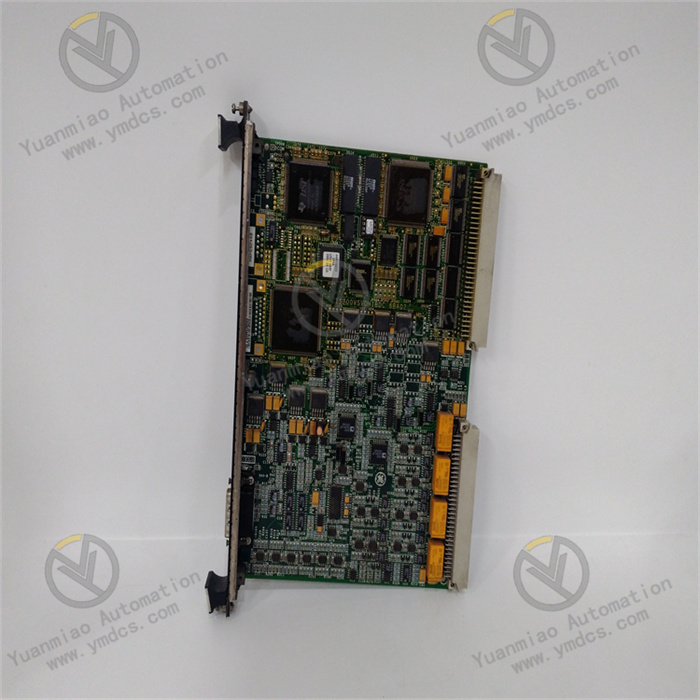
II. Functional Features
Highly Integrated Digital I/O Interfaces and Flexible Configuration: The module integrates 16 digital input (DI) channels and 16 digital output (DO) channels. The input channels support two signal types: dry contacts and wet contacts, and are compatible with a wide range of input signals (DC 24V/AC 220V). The output channels adopt a relay output mode, and each output can provide a rated load capacity of AC 250V/5A or DC 30V/10A, supporting normally open/normally closed contact configuration. Each channel can be independently configured through GE Proficy Machine Edition software, including parameters such as input signal filtering time (adjustable from 0.1ms to 100ms), output contact action delay, and channel fault diagnosis threshold, to adapt to the signal characteristics of different on-site equipment.
Multi-Level Isolation and Anti-Interference Design: It adopts a three-level isolation architecture of "Channel-Level - Module-Level - System-Level". The input channels and the internal circuit of the module are isolated by photoelectric isolation, with an isolation voltage of up to 2500V DC. The output channel relays and the control circuit are isolated by magnetic isolation to prevent interference from the load side from entering the control system. The module has a built-in surge suppression circuit, which can resist ±2kV transient surge impact; it is equipped with an EMC filter network, which can effectively filter high-frequency electromagnetic interference (10kHz-1GHz) in industrial sites, ensuring the stability of signal transmission in strong interference environments such as high-voltage motors and frequency converters, with a false operation rate of ≤0.001 times per 1000 hours.
Redundant Design and Hot-Swap Capability: It supports the dual-machine hot-standby redundant configuration of the Mark VIe system. The module can be connected to the redundant I/O network as a master/slave node. When the master module fails, the slave module can seamlessly take over the work within 1ms to ensure uninterrupted signal collection and output. The module adopts a standardized guide rail installation structure and supports live hot-swap operation. The built-in contact protection circuit during plugging and unplugging can prevent arc generation and avoid damage to the module and back-end equipment. The hot-swap replacement time is ≤30 seconds, which greatly shortens the maintenance downtime and improves system availability.
Comprehensive Fault Diagnosis and Status Monitoring: It has a built-in high-precision fault diagnosis circuit, which can real-time monitor signal open circuit, short circuit, and overvoltage faults of each input channel, as well as relay adhesion, overload, and over-temperature faults of each output channel, with a fault diagnosis coverage rate of 99.5%. The front panel of the module is equipped with 16 DI status indicators and 16 DO status indicators, and also integrates power status, communication status, and redundancy status indicators, which can intuitively feedback the overall operation status of each channel and the module. Fault information is uploaded to the controller and upper monitoring system through the Modbus TCP/IP communication protocol, including detailed information such as fault channel number, fault type, and occurrence time, facilitating quick location and handling.
Wide Environmental Adaptability and High Reliability: It uses industrial-grade reinforced components and has passed strict reliability tests such as high-temperature aging (85℃ for 1000 consecutive hours), low-temperature impact (50 cycles from -40℃ to 70℃), and vibration impact (10g acceleration, 11ms duration), with a mean time between failures (MTBF) of ≥200,000 hours. It supports a working temperature range of -40℃ to 70℃, a relative humidity of 5% to 95% (no condensation), and a protection level of IP20 (panel). It can adapt to high-temperature, high-humidity, and dusty industrial on-site environments and operate stably without additional protective measures.
- Convenient System Integration and Communication: It supports GE's dedicated Genius Bus communication protocol and standard Modbus TCP/IP protocol, and can be seamlessly connected to the Mark VIe control system and third-party SCADA systems (e.g., Wonderware, Intouch). The communication interface adopts an RJ45 Ethernet interface with a communication rate of 100Mbps, supporting dual-network port redundant connection to avoid single-point failure of the communication link. Through Proficy Machine Edition software, remote parameter configuration, firmware upgrade, and fault diagnosis of the module can be realized without on-site connection of debugging equipment, improving operation and maintenance efficiency.
III. Technical Parameters
| Parameter Category | Parameter Name | Specific Parameters | Unit |
|---|---|---|---|
| Basic Parameters | Model | GE IS200VSVOH1BDC | - |
| Product Type | Digital Input/Output (I/O) Module | - | |
| Overall Dimensions (L×W×H) | 160×80×120 | mm | |
| Weight | Approximately 0.85 | kg | |
| Digital Input (DI) Parameters | Number of Channels | 16 channels, independent isolation | Channel |
| Input Signal Type | Dry contact (passive), Wet contact (active) | - | |
| Input Voltage Range | DC 18V-30V or AC 180V-250V | V | |
| Input Current | 5mA-10mA at DC 24V; 1mA-3mA at AC 220V | mA | |
| Filtering Time | 0.1ms-100ms, software adjustable | ms | |
| Isolation Voltage | 2500V DC (between channels/between channel and ground) | V DC | |
| Digital Output (DO) Parameters | Number of Channels | 16 channels, relay output | Channel |
| Output Contact Type | Single-pole double-throw (SPDT), configurable for normally open/normally closed | - | |
| Rated Load Capacity | AC 250V/5A or DC 30V/10A | V/A | |
| Operation Time | Pull-in time ≤5ms, Release time ≤3ms | ms | |
| Mechanical Life | ≥10 million times | Time | |
| Electrical Life | ≥100,000 times (under rated load) | Time | |
| Power and Communication Parameters | Power Supply Voltage | DC 24V±10%, supports redundant power supply | V DC |
| Operating Current | ≤100mA at no load; ≤500mA at full load | mA | |
| Communication Interface | 2 RJ45 Ethernet ports (redundant) | - | |
| Supported Communication Protocols | Genius Bus, Modbus TCP/IP | - | |
| Environmental and Reliability Parameters | Operating Temperature Range | -40~70 | ℃ |
| Storage Temperature Range | -40~85 | ℃ | |
| Relative Humidity | 5%-95% (no condensation) | % | |
| Protection Level | IP20 (panel) | - | |
| Mean Time Between Failures (MTBF) | ≥200,000 | Hour |
IV. Working Principle
The working principle of the GE IS200VSVOH1BDC digital I/O module centers on the core link of "signal collection - isolation processing - logical interaction - command output - fault diagnosis". Combined with redundant power supply and communication guarantee, it realizes high-reliable transmission and control of digital signals in industrial sites. The specific process is as follows:
- Redundant Power Supply and System Initialization:The module is connected to a DC 24V redundant power supply. After rectification, filtering, and voltage stabilization through the built-in power management circuit, a stable DC voltage is output to power the internal CPU, isolation circuit, relay, and other units of the module. The power management circuit real-time monitors the status of the two input power supplies. When one power supply fails (e.g., voltage lower than 18V or higher than 30V), it immediately switches to the other power supply, with a switching time of ≤1ms to ensure continuous operation of the module. After the module is powered on, it executes the initialization program to self-check the status of the CPU, communication interface, I/O channels, and relays. After initialization, the system status is fed back through the front indicator lights. In case of a fault, the corresponding fault code is output and uploaded to the controller.
- Digital Input Signal Collection and Processing:Digital signals from on-site equipment (e.g., valve status, limit switch signals) are connected to 16 DI channels, and the collection mode is automatically adapted according to the signal type (dry contact/wet contact): Dry contact signals form a loop through the DC 24V power supply provided inside the module, and wet contact signals are directly connected to the collection circuit. Each DI channel has a built-in photoelectric isolator to electrically isolate the on-site side signal from the internal circuit of the module and prevent interference from entering; it is also equipped with a configurable filter circuit to filter high-frequency interference signals (e.g., spike pulses generated by motor start-stop) according to preset parameters. The filtering time can be set to 0.1ms-100ms through software. The processed signal is sent to the CPU, which converts it into a digital logic signal (0/1), marks the channel number and time stamp, and waits for upload to the controller.
- Data Communication and Logical Interaction:The module establishes a connection with the Mark VIe controller through a dual-network port redundant communication link, and performs data interaction using the Genius Bus or Modbus TCP/IP protocol. The CPU encapsulates the collected DI signal data into data packets according to the communication protocol and uploads them to the controller through the main communication network port; at the same time, it receives the DO command data and configuration parameters (e.g., filtering time, output mode) issued by the controller. When the main communication network port fails, it automatically switches to the backup network port, with a switching time of ≤50ms to ensure uninterrupted data transmission. After the controller performs logical operations on the DI data, it generates a DO command and issues it to the module. The command includes information such as the output channel number, action type (pull-in/release), and action delay time.
- Digital Output Command Execution and Feedback:The CPU parses the DO command issued by the controller and controls the relay action of the corresponding channel according to the command requirements: When the relay coil is energized, the contact is pulled in; when the coil is de-energized, the contact is released, with the action time being ≤5ms (pull-in) and ≤3ms (release) respectively. Each DO channel has a built-in status monitoring circuit, which real-time collects the relay contact status and feeds it back to the CPU, forming a closed-loop control of "command - execution - feedback". When relay adhesion (contacts cannot be released) or overload (current exceeds the rated value) occurs, the monitoring circuit immediately triggers a fault alarm, and the CPU uploads the fault information to the controller and indicates the fault channel through the front indicator light.
- Fault Diagnosis and Self-Protection:The module has a built-in comprehensive fault diagnosis circuit, which real-time monitors the following fault types: DI channel open circuit (input current < 3mA), short circuit (input current > 20mA), overvoltage (input voltage > 30V); DO channel relay adhesion, overload (output current > 12A), over-temperature (module temperature > 75℃); power voltage abnormality, communication interruption, CPU fault, etc. When a fault occurs, the CPU immediately implements protective measures: The faulty DI channel is automatically isolated without affecting the operation of other channels; the power supply of the relay coil of the faulty DO channel is immediately cut off to prevent the fault from expanding. At the same time, the CPU records the fault information (channel number, fault type, occurrence time), uploads it to the controller and upper system through the communication link, and lights up the corresponding fault indicator light to facilitate quick location by operation and maintenance personnel.
V. Common Fault Handling
| Fault Phenomenon | Possible Causes | Handling Measures |
|---|---|---|
| Power indicator not on, module unresponsive | 1. Both redundant power supplies are interrupted; 2. Loose or reversed power connection; 3. Fault in the internal power management circuit of the module | 1. Check the power supply switch and restore normal power supply; 2. Re-tighten the power connection and check the polarity of positive and negative electrodes; 3. Replace the module and send the faulty module for repair |
| Inaccurate data collection of a DI channel (false alarm/missed alarm) | 1. Loose or damaged on-site signal cable; 2. Improper filtering time setting, unfiltered interference signals; 3. Faulty channel photoelectric isolator; 4. Abnormal on-site signal voltage | 1. Check and re-tighten the signal cable, replace the damaged cable; 2. Adjust the filtering time (e.g., extend to 10ms) to enhance anti-interference capability; 3. Replace the module or repair the channel circuit; 4. Detect the signal voltage of on-site equipment to ensure it is within the range of 18V-30V (DC) or 180V-250V (AC) |
| Relay of a DO channel does not act or acts abnormally | 1. Loose or short-circuited actuator cable; 2. Burnt relay coil or 粘连 relay contact; 3. Incorrect command issued by the controller; 4. Fault in the internal drive circuit of the module | 1. Check and re-tighten the cable to eliminate short-circuit faults; 2. Replace the relay of the faulty channel or the module; 3. Check the controller command configuration and re-issue the correct command; 4. Repair or replace the internal drive circuit of the module |
| Communication interruption, module unable to interact with the controller | 1. Loose or damaged communication cable; 2. Incorrect communication protocol or parameter configuration; 3. Faulty Ethernet port; 4. Fault in the controller communication interface | 1. Re-tighten the communication cable and replace the damaged cable; 2. Check the communication protocol, IP address, and port number configuration to ensure consistency with the controller; 3. Replace the module communication interface or the module; 4. Check the controller communication interface and restart the controller if necessary |
| Frequent overload fault alarms of DO channels | 1. The actuator load current exceeds the rated value of the channel; 2. Actuator jamming leads to excessive locked-rotor current; 3. Overload protection threshold set too low; 4. Fault in the channel current detection circuit | 1. Replace the actuator adapted to the load to ensure the current is ≤5A (AC) or 10A (DC); 2. Overhaul the actuator to eliminate jamming faults; 3. Adjust the overload protection threshold through software (not exceeding 1.2 times the rated value); 4. Repair or replace the module current detection circuit |


